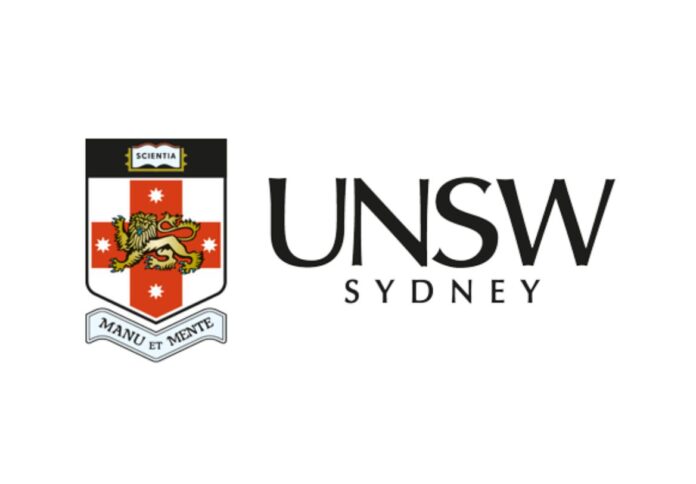
Researchers at UNSW Sydney have pioneered eco-friendly, on-farm ammonia production, marking a transformative approach to fertiliser manufacturing with a significantly reduced carbon footprint.
The conventional approach, known as the Haber-Bosch process, involves extreme temperatures exceeding 400 degrees Celsius and pressures surpassing 200 atmospheres, accounting for two per cent of the world’s energy consumption and 1.8 per cent of CO2 emissions.
According to the team, this novel approach eliminates the need for high temperatures, high pressure, and extensive infrastructure typically associated with ammonia production.
Published in the journal Applied Catalysis B: Environmental, the research showcases a significant leap in energy efficiency and production rates, enabling large-scale synthesis of green ammonia.
Researchers said the foundational study, already licensed to industry partner PlasmaLeap Technologies, is poised to make inroads into the Australian agriculture sector, with a scaled-up prototype ready for deployment.
This recent study builds upon earlier proof-of-concept research by the same UNSW research group, marking substantial strides in energy efficiency and production rates.
Beyond its application in fertilisers, the research also envisions the use of green ammonia in the hydrogen transport sector.
Liquid ammonia (NH3) emerges as a more space-efficient carrier of hydrogen compared to liquefied hydrogen (H2), presenting cost-effective possibilities for hydrogen energy transportation.
Researchers said the traditional ammonia production process, although pivotal in enhancing crop yields and sustaining global populations, poses significant challenges due to its energy-intensive nature and reliance on fossil fuels.
Dr Ali Jalili, the study’s leader, stressed the importance of adopting a sustainable approach to ammonia production, especially in the context of global net-zero objectives.
The current Haber-Bosch process contributes 2.4 tonnes of CO2 per tonne of ammonia, constituting approximately two per cent of global carbon emissions.
Dr Jalili emphasises the urgency of establishing decentralised and energy-efficient production methods to unlock the full potential of green ammonia, especially in utilising surplus renewable electricity.
“Ammonia-based fertilisers are in critically short supply due to international supply chain disruptions and geopolitical issues, which impact our food security and production costs,” he noted.
“This, together with its potential for hydrogen energy storage and transportation, makes ammonia key to Australia’s renewable energy initiatives, positioning the country among the leaders in renewable energy exports and utilisation,” he added.
Dr Ali Jalili, recently appointed as an Australian Research Council Future Fellow, has secured additional funding exceeding $842,000 to further apply this technology in the production of environmentally-friendly fertilisers, marking a significant step towards sustainable and eco-friendly agriculture.




















